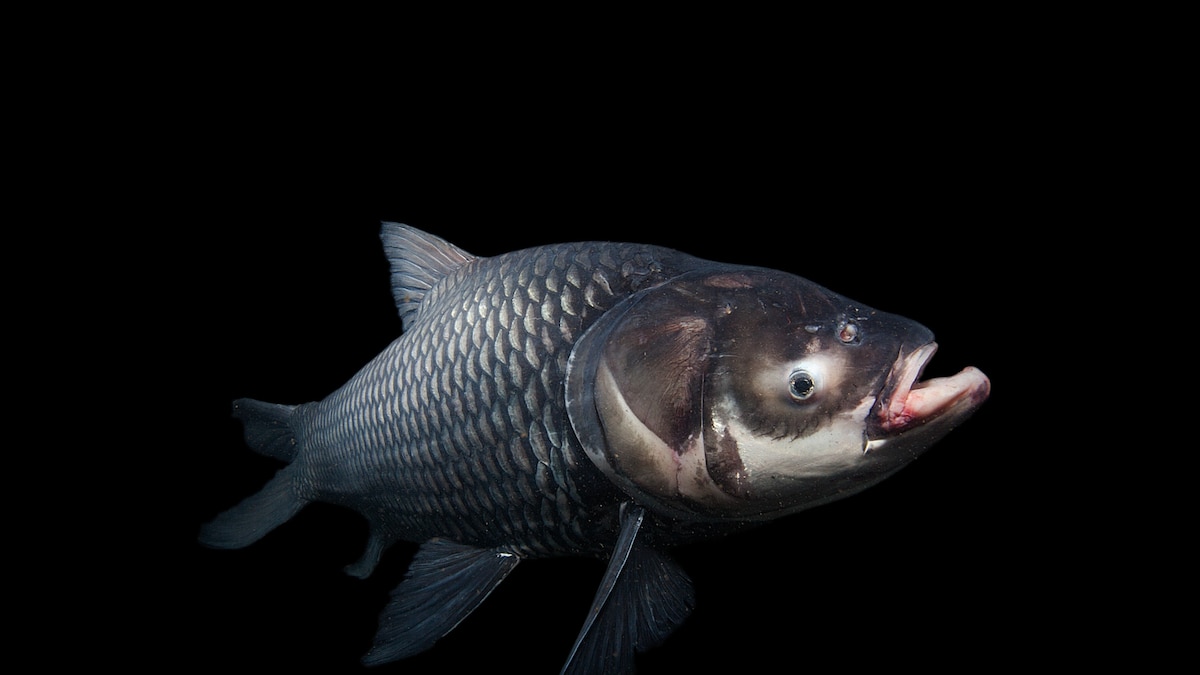Now Reading: Thailand’s 600-Pound Megafish: From Giants to Collector’s Prizes
1
-
01
Thailand’s 600-Pound Megafish: From Giants to Collector’s Prizes
Thailand’s 600-Pound Megafish: From Giants to Collector’s Prizes

Quick summary
- A 200-pound critically endangered Mekong giant catfish was found trapped in a flooded train station in Chiang Mai, Thailand, raising questions about the origins of captive megafish.
- Critically endangered megafish species like the Mekong giant catfish and giant barb are being bred extensively in captivity across Thailand by government hatcheries, private collectors, and commercial farms.
- While their wild populations have plummeted due to overfishing and habitat destruction,researchers estimate there could be over a million captive Mekong giant catfish in Thailand alone.
- Captive breeding presents opportunities for conservation but faces challenges such as maintaining genetic diversity and ensuring traits suitable for survival in the wild.
- Religious beliefs and nostalgia frequently enough play roles in preserving these fish; they’re raised for symbolic purposes as well as commercial interests-one giant barb sold for $52,000 to a fishing park.
- Reintroducing megafish into the wild remains complicated due to environmental pressures like dam construction, illegal fishing, climate change impacts on waterways, and difficulties monitoring large-scale breeding programs.
- Cambodia has seen some signs of recovery of natural populations with successful releases of wild-caught specimens indicating ongoing natural reproduction.
Images:
- Image – Fish farming practices with quote on resilience.
- Image – Golden temple statue symbolizing sacred fish reverence at Chiang Khon
Other exploring analytics section direct-covered points deductions filtered marginal
Read full text given protected chat reissuance
Stay Informed With the Latest & Most Important News
Previous Post
Next Post
Loading Next Post...
























